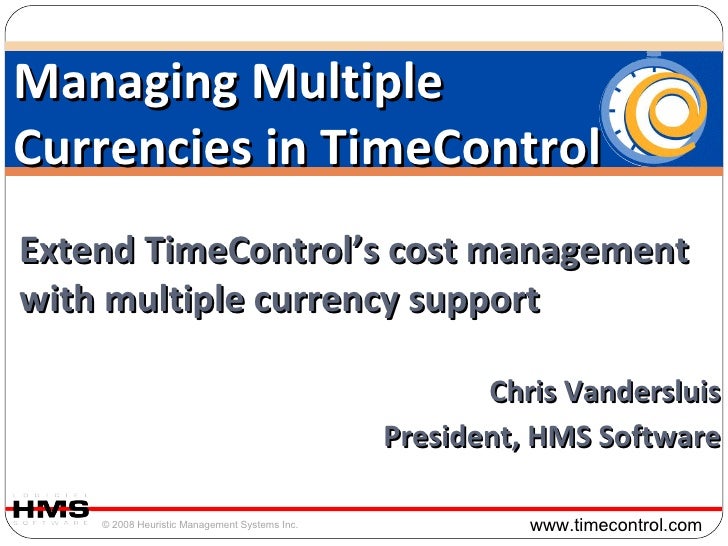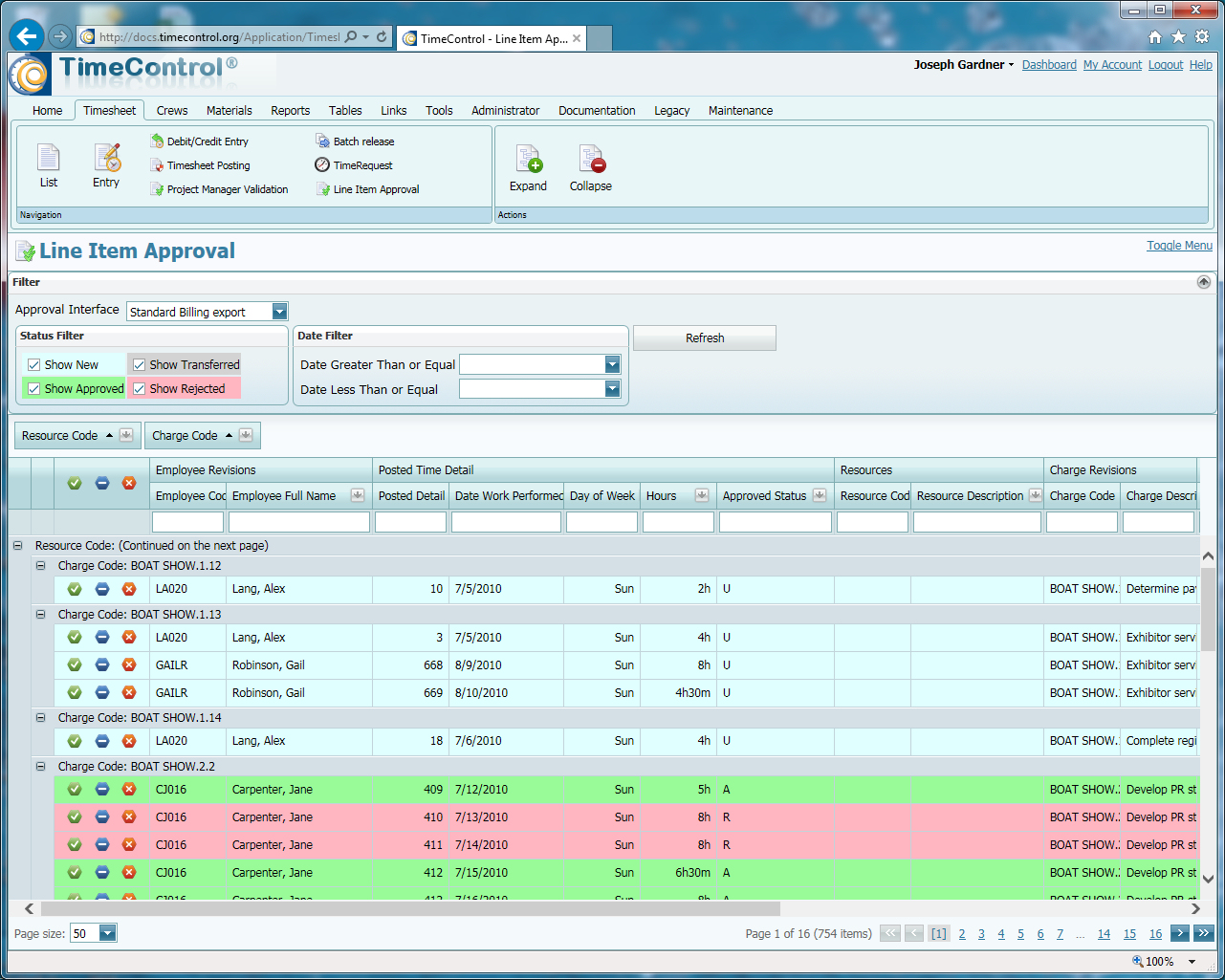

Canadair Defense Systems Division concentrates its activities in military and commercial aircraft technical services, special mission aircraft, unmanned air vehicles and civil training services. One such aerospace firm is Bombardier Services Group's Canadair Defense Systems Division (DSD) based in Montreal. With competition in this industry sharper than ever, more and more aerospace firms are now looking to integrate different aspects of their project control systems together. Systems were often installed ad hoc as the need required often to fulfill the requirements of a single project.
#Timecontrol login software
Virtually every aerospace company uses project control software of some kind. Herlander Vaz, an Analyst with Canadair DSD's Information Systems group Every single timekeeping report is extracted from a single source and then distributed to other systems." Neuroprosthesis for real-time control of pathological oscillations: Technologies for implementation of wearable or implantable medical devices such as miniaturized electrical circuit design, power management, data compression, dimension reduction, efficient data transfer, etc."Virtually every employee who reports time now does so from TimeControl. Non-invasive brain stimulation technologies: transcranial stimulations, non-contact stimulations (e.g. Space-targeted brain stimulation technologies: electrical, magnetic, ultrasonic stimulations, etc. Time-targeted brain stimulation technologies: closed-loop interventions, real-time computation, signal processing algorithm, etc. Modelling and theory on the relationship between oscillations and behavioral phenotypes 4.ěrain stimulation or brain activity interventions that could alleviate symptoms of neurological and psychiatric disorders of animal models or patients. Mapping of oscillopathy: animal models, case reports, recording technologies, algorithms for unbiasedly extracting specific oscillations, and decoding symptoms. Epilepsy, Alzheimer’s disease, Parkinson’s disease, schizophrenia, anxiety/trauma-related disorders, depression, attention-deficit hyperactivity disorder, autism, addiction, etc. Phenomenology of oscillopathies: description of oscillations in animal models or patients of neurological and psychiatric disorders, preferentially with correlations or causal relationships with symptoms. We seek Original Research, Review, Mini-Review, Hypothesis and Theory, Perspective, Clinical Trial, Case Report, and Opinion that cover, but are not limited to, the following topics: 1. Revealing the mechanisms of physiological oscillations is also important for the direction of this topic.

Large-scale recording and reliable decoding technologies are crucial for discovering the correlations between pathological oscillations and some symptoms, while time- and space-targeted intervention technologies are necessary for studying their causal relationships, Such data will eventually allow the development of neuroprosthesis devices for pathological oscillations. Good animal models that accurately reflect neurological and psychiatric symptoms of patients are necessary for providing the proof-of-concept toward future translational research. This Research Topic will also examine correlations or causal relationships between pathological oscillations and the symptoms of disorders with a view to the possible use of oscillations as biomarkers or therapeutic targets. This Research Topic focused on understanding and controlling pathological oscillations in the brain will provide a comprehensive overview of pathological oscillations in neurological and psychiatric disorders. Furthermore, novel brain stimulation technologies will enable time- and space-targeted interventions of the pathological oscillations of both neurological and psychiatric disorders as possible therapeutic targets for regulating their symptoms. Recent advances in brain activity measurements and analyses have allowed us to study the pathological oscillations of each disorder as a possible biomarker of symptoms. Therefore, these disorders can be considered as common oscillation defects “oscillopathies” despite having distinct behavioral manifestations. Abnormal oscillatory brain activities are commonly observed in neurological and psychiatric disorders including epilepsy, Parkinson’s disease, Alzheimer’s disease, schizophrenia, anxiety/trauma-related disorders, major depressive disorders, addiction, etc. They support many physiological functions from motor control to cognition and emotion. Oscillatory brain activities reflect and affect network activities in the brain.


 0 kommentar(er)
0 kommentar(er)
